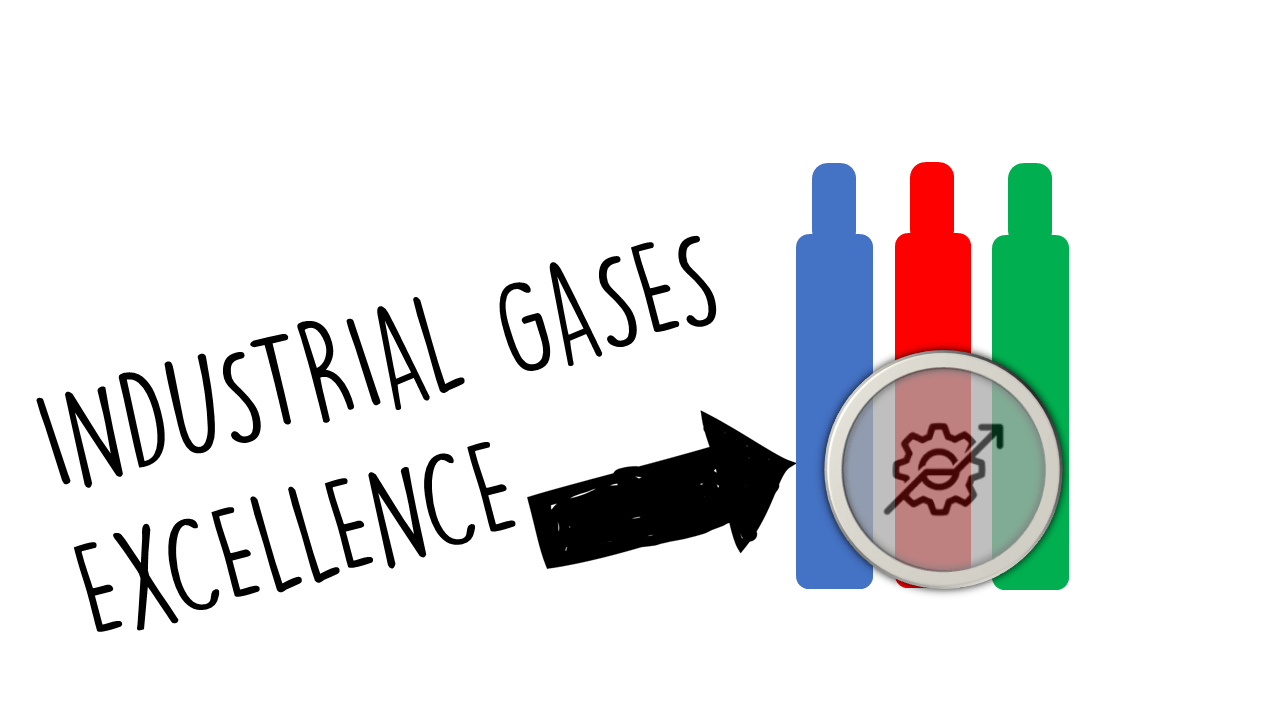Total Gas Virtualization (TGV) refers to the comprehensive digital modeling and simulation of gas production, transportation, storage, and usage processes within industrial environments.
By leveraging advanced technologies, such as cloud computing, IoT, and artificial intelligence,
TGV enables real-time monitoring, analytics, and optimization of gas systems throughout their lifecycle, promoting efficiency, sustainability, and enhanced safety in industrial gas operations.
Framing
- Digital Transformation: Position TGV as a key component of the digital transformation in the industrial gas sector, enabling companies to move from traditional methods to data-driven operations.
- Optimization and Efficiency: Emphasize how TGV allows for the optimization of gas usage, minimizing waste, and reducing operational costs through predictive analytics and real-time data insights.
- Sustainability Initiatives: Highlight that TGV supports sustainability goals by facilitating the tracking and management of greenhouse gas emissions and energy consumption.
- Risk Management and Safety: Frame TGV as an essential tool for enhancing safety protocols by providing real-time monitoring of gas conditions and ensuring compliance with industry regulations.
Re-Framing
- From Reactive to Proactive: Shift the focus from traditional reactive measures in gas management to a proactive approach enabled by TGV, where potential issues can be identified and addressed before they escalate.
- Holistic Integration: Position TGV as an integrated solution that encompasses all facets of gas operations (production, distribution, storage, and consumption), rather than a stand-alone software.
- Empowering Stakeholders: Re-frame TGV as a tool for empowering all stakeholders (operators, managers, engineers) through accessible data and actionable insights that drive better decision-making processes.
- Innovation Catalyst: Emphasize TGV as a catalyst for innovation within organizations, enabling new business models and operational strategies to emerge through data utilization.
Actions
To successfully implement Total Gas Virtualization, stakeholders should consider the following actions:
- Technology Assessment: Conduct a thorough analysis of current technology infrastructure and identify gaps that TGV can fill, including the integration of IoT devices, data analytics platforms, and cloud solutions.
- Data Integration: Develop robust data integration methodologies that consolidate disparate data sources into a unified system that can be easily accessed and analyzed.
- Pilot Programs: Initiate pilot programs that test TGV on a smaller scale before full-scale implementation, allowing for the iteration and optimization of the system.
- User Training and Engagement: Provide training programs to equip employees with the necessary skills to use TGV effectively, ensuring buy-in and active engagement from all levels of the organization.
- Collaboration with Technology Partners: Collaborate with technology providers, software developers, and research institutions to leverage expertise in developing and enhancing TGV solutions.
Case Studies
Case Study1: Petrochemical Industry
- Description: A major petrochemical manufacturer implemented TGV for real-time monitoring of gas usage across multiple facilities.
- Outcome: The adoption of TGV led to a 20% reduction in gas consumption and significant improvements in process efficiency, while also enhancing safety compliance through real-time alerts on gas leaks.
Case Study2: Beverage Industry
- Description: A beverage company utilized TGV to manage carbon dioxide usage more effectively within its production processes and distribution network.
- Outcome: The implementation resulted in optimizing CO2 usage, reducing costs by 15% and promoting sustainability efforts by significantly lowering carbon footprint.
Case Study 3: Healthcare Sector
- Description: A hospital network adopted TGV to monitor medical gas supply systems continuously, ensuring stable and compliant gas delivery for patients.
- Outcome: Enhanced patient safety and reduced gas supply costs by as much as 10%, leading to improved operational efficiency.
Conclusion
Total Gas Virtualization (TGV) represents a transformative approach to industrial gas management, enabling organizations to fully harness the power of data and technology.
By re-framing gas management as a proactive, integrated, and innovation-driven process, TGV empowers companies to optimize operations, enhance safety, and meet sustainability targets.
The outlined actions provide a roadmap for successful implementation, while the case studies demonstrate the tangible benefits achieved by early adopters.
As the industrial gas sector continues to evolve, TGV will be pivotal in driving operational excellence and establishing a more efficient and sustainable future.





